How the CIA Created a Fake Western Reality for ‘Unconventional Warfare’
In 1950, the CIA helped establish the Congress for Cultural Freedom—an anti-communist advocacy group—to neutralize political opposition to Anglo-American culture.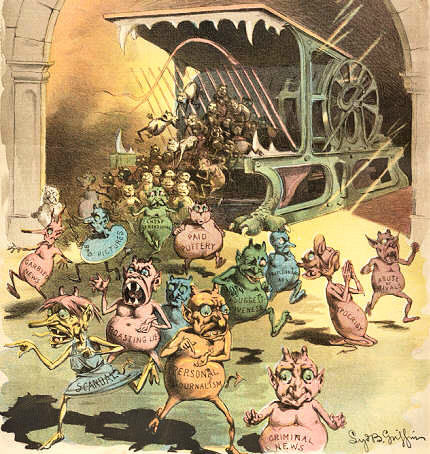 "The Evil Spirits of the Modern Daily Press," a cartoon from Puck magazine in 1888. (Wikimedia)
1
2
"The Evil Spirits of the Modern Daily Press," a cartoon from Puck magazine in 1888. (Wikimedia)
1
2

“The Evil Spirits of the Modern Daily Press,” a cartoon from Puck magazine in 1888. (Wikimedia)
As we navigate an uncertain 2025, with a new administration questioning press freedoms, the risks are clear: our ability to report freely is under threat.
Your tax-deductible donation enables us to dig deeper, delivering fearless investigative reporting and analysis that exposes the reality beneath the headlines — without compromise.
Now is the time to take action. Stand with our courageous journalists. Donate today to protect a free press, uphold democracy and uncover the stories that need to be told.
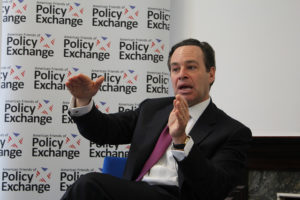

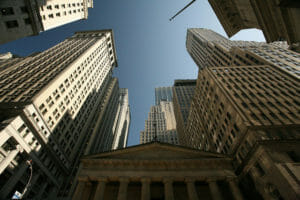
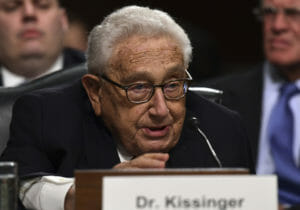

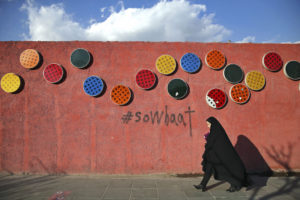
You need to be a supporter to comment.
There are currently no responses to this article.
Be the first to respond.